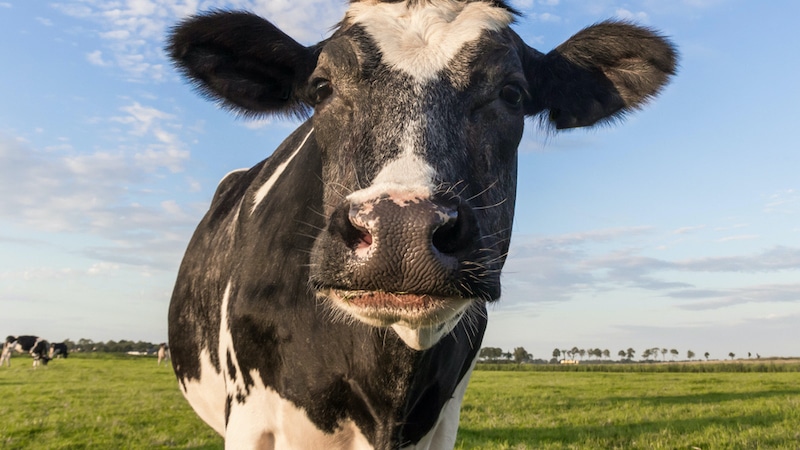“Going for gold means not leaving others behind.”
So said 3x Olympic weightlifter Kendrick Farris, and those words encapsulate so much. Food is a political act, and our choices impact the lives of others—whether we are conscious of this or not. While we have been told that dairy benefits our bodies, the serious social repercussions far outweigh any nutrients found in this food (which are easily obtained elsewhere). Sixty-five percent of the world’s population is intolerant to cow’s milk with disproportionately higher rates (up to 95 percent!) among Black individuals, Asians, Native Americans, and Latinx populations. Despite this, the American government and even some nonprofits promote dairy to the public as a healthy, necessary food. This is an act of dietary racism, and Switch4Good is committed to putting an end to it.




